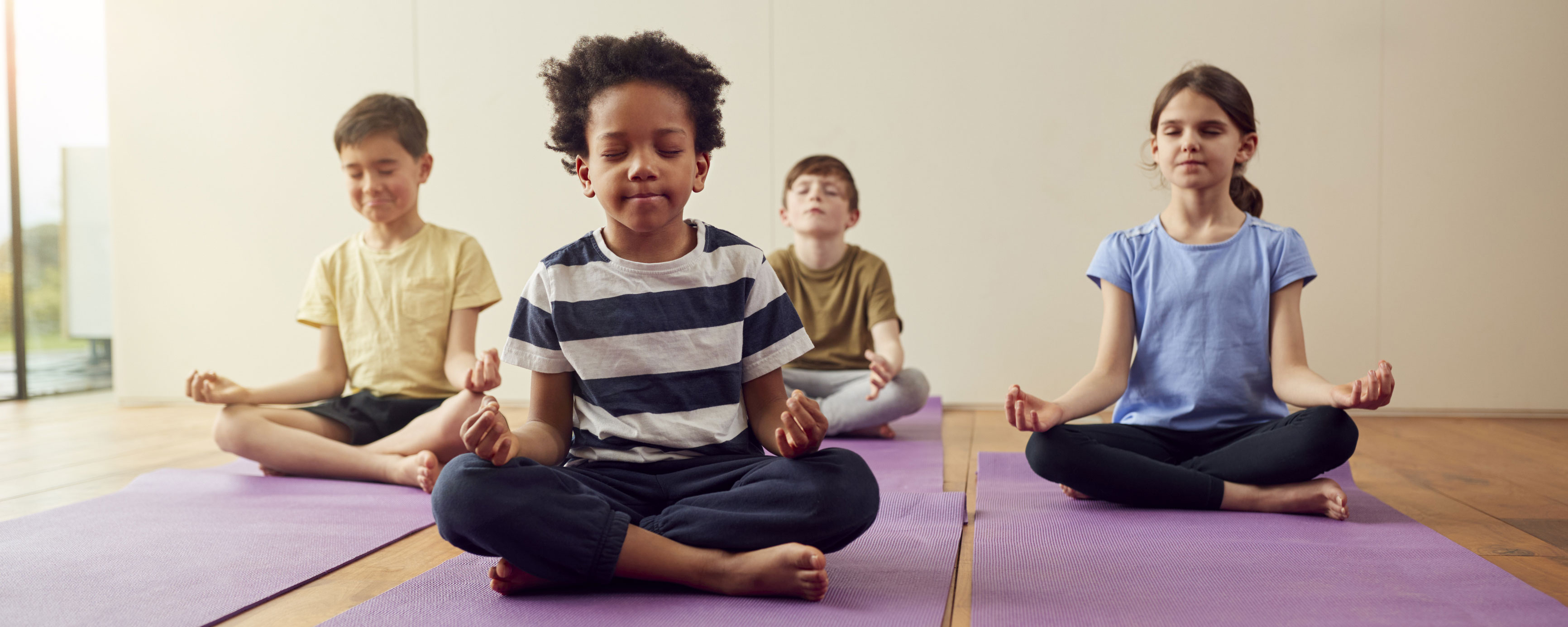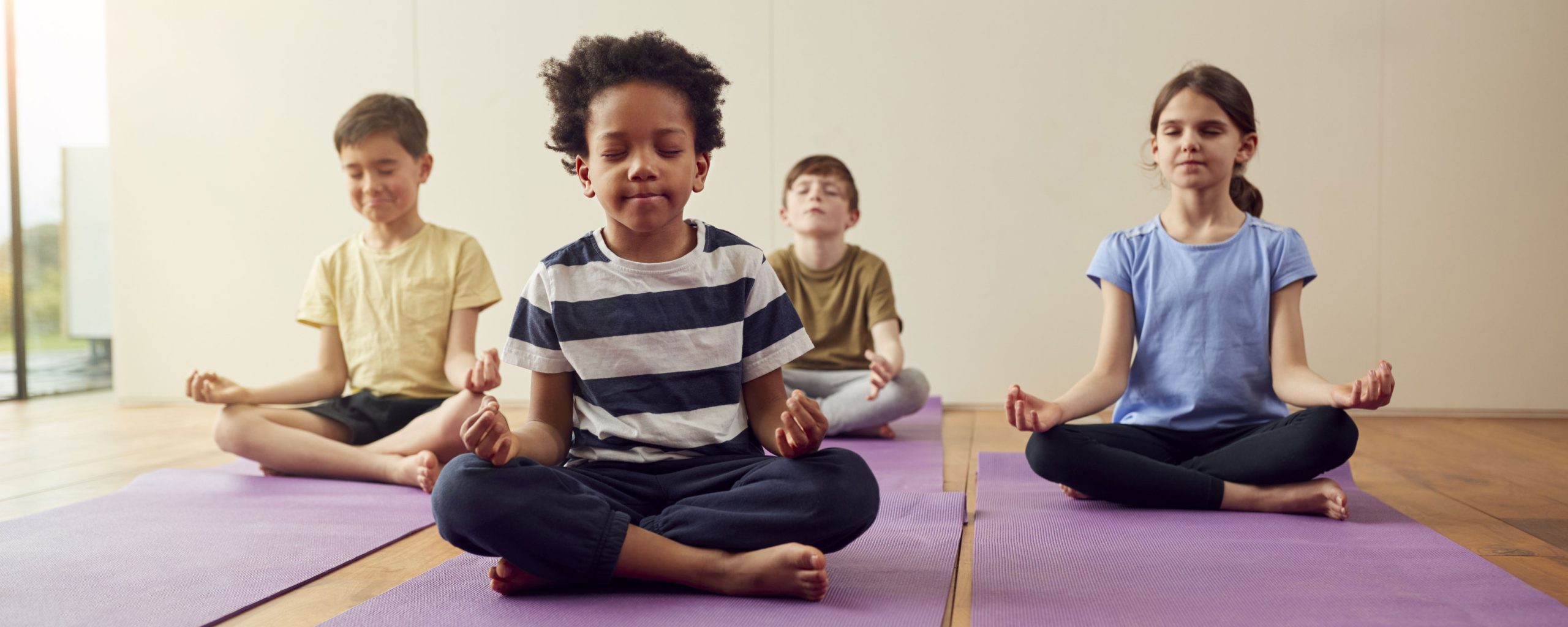
🧘♀️ Embracing the Complete Practice: Why Your Mind Also Deserves a Place on the Mat 🧠
Contemporary life often resembles a sprint. We hurry to work, rush through our responsibilities, fit in workouts, and scramble for nutritional harmony — all in pursuit of improved well-being. Yet, in this quest for physical health, there exists one essential element that frequently goes overlooked: mental wellness. Yoga is often perceived as a physical discipline aimed at stretching and enhancing the body. However, at its essence, yoga serves just as much — if not more — as a practice of mindfulness, consciousness, and mental alignment.
If your yoga practice has been mainly for its bodily benefits, it may be an opportunity to consciously welcome your mind into the experience. Connecting the mind and body not only enriches your practice — it can significantly deepen your relationship with yourself and the present moment.
🧘 Movement Meets Mindfulness
In yoga, the body is your mode of transport, the breath is your energy source, and the mind is the navigator. Without all three collaborating in harmony, the experience can feel lacking. Too frequently, we attend class, go through the routines, and tick it off our to-do lists. Yet, authentic yoga commences when we channel our awareness into every movement and breath.
Breath-focused movement acts as the adhesive that binds mind and body together. As you breathe in and transition into a stretch or exhale into a twist, you’re not merely moving — you’re rooting yourself in the present. This simple act of honoring your breath in every pose diverts your thoughts from daily stress and chaos, centering your entire being in the moment.
📿 Breath: The Ultimate Connector
Breathwork is among the most undervalued resources in yoga. When you’re new to this journey, it’s easy to concentrate solely on posture — but the true enchantment lies in mastering your breath.
Mindful breathing does more than support physiological activities like oxygen exchange and relaxation. It also cultivates a strong sense of presence. Counting your breaths, prolonging your exhales, or syncing them with movements can help redirect your attention inward and soothe a restless mind.
Give this a try: during your next session, settle into a pose like Warrior II and assess your breathing. Inhale for a count of four, exhale for a count of six. Repeat this consciously. You’ll discover that the pose transcends being merely a physical shape — it evolves into a holistic experience.
🧘♂️ Visualization: A Tool to Calm Wandering Thoughts
Visualization represents another effective strategy to focus the mind during yoga. By providing your thoughts with something constructive to latch onto, such as picturing yourself standing majestically on a mountain summit or dissolving into ocean waves in shavasana, you generate immersive mental imagery that calms internal turmoil.
Soothing music or guided instructions during yoga can also trigger visual cues — water flowing, light glowing, or even envisioning your breath as a gentle breeze sweeping through your limbs. These straightforward mental exercises serve to engage the “monkey mind” and subtly steer it toward clarity.
🌀 Ground Yourself with Awareness
Despite our best intentions, our minds are bound to wander. When this occurs, avoid self-judgment. A crucial tenet of mindfulness is gentle awareness — observing your thoughts without getting entangled in them.
When you find yourself revisiting yesterday’s conversation or strategizing tomorrow’s tasks while in tree pose, acknowledge the distraction and gently redirect your focus: back to the mat beneath your feet, to your breath, to the moment.
As meditation master Thich Nhat Hanh articulates, “Feelings come and go like clouds in a windy sky. Conscious breathing is my anchor.”
🧭 Investigate Your Distractions
Some distractions are unyielding — a ticking clock, outside traffic sounds, or the breath of another yogi. Instead of wishing such disturbances away, take a moment to ponder: Why does that specific thing capture my attention? Occasionally, distractions offer unanticipated insights. Perhaps it signifies irritation reflecting inner tension or a sense of vulnerability.
Recognizing patterns in your mental drifting can reveal deeper truths about your inner world. Once acknowledged, these distractions often lose their power, transforming into opportunities for growth instead of barriers.
💡 Suggestions to Infuse More Mindfulness into Your Practice:
1. ⏳ Begin with a Calming Center: Sit or lie down before your practice and take five grounding breaths. Set an intention for your mind, not only your body.
2. 🎵 Utilize Soundscapes or Mantras: Music, sounds, or silent phrases like “inhale” and “exhale” can prevent your mind from wandering.
3. 👁 Practice Micro-Focus: Between poses, notice how your body feels. How do your toes connect with the mat? Do your shoulders tighten? These small observations anchor you in the now.
4. 💬 Journal After Practice: Recording your feelings before, during, and after can enhance your awareness of your mental patterns and progress.
5. 🌙 Cultivate Patience with
